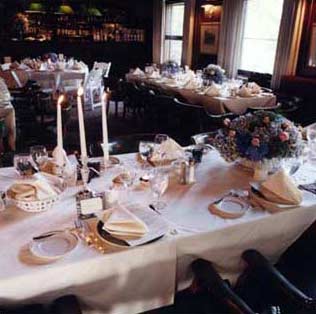 In general terms, eating (formally, ingestion) is the process of consuming something edible, i.e. food, for the purpose of providing for the nutritional needs of an animal, particularly their energy requirements. All animals must eat other organisms in order to survive: carnivores eat other animals, herbivores eat plants, and omnivores consume a mixture of both.
In general terms, eating (formally, ingestion) is the process of consuming something edible, i.e. food, for the purpose of providing for the nutritional needs of an animal, particularly their energy requirements. All animals must eat other organisms in order to survive: carnivores eat other animals, herbivores eat plants, and omnivores consume a mixture of both.
While the process of eating varies from species to species, in humans eating is performed by placing food in the mouth and then swallowing it, with chewing often occurring between these actions. Eaten food is then digested.
Eating practices
Most homes have a kitchen or cooking area devoted to preparation of meals and food, and many also have a dining room or another designated area for eating. Dishware, silverware, drinkware for eating and cookware and other implements for cooking come in an almost infinite array of forms and sizes. Most societies also have restaurants and food vendors, so that people may eat when away from home, lack the time to prepare food, or wish to use eating as a social occasion. Occasionally, such as at potlucks and food festivals, eating is in fact the primary purpose of the social gathering.
Most individuals have fairly regular daily patterns of eating, and commonly most eating occurs during two to three meals per day, with snacks consisting of smaller amounts of food being consumed in between. The issue of healthy eating has long been a important concern to individuals and cultures. Among other practices, fasting, dieting, and vegetarianism are all techniques employed by individuals and encouraged by societies to increase longevity and health. Eating can be a way of making money, see competitive eating
silent service code
The silent service code is a way for a diner to "talk" to the server during a meal without saying a word, mainly to tell them that they are finished. This will prevent any embarassing situations where the server would take a meal prematurely.
To tell a server you are done, place your napkin to the left of your plate, and place all your utensils together in a "4-o'clock" position on your plate.
If you must leave during the meal, you should place the napkin on your chair to avoid any confusion.
The code is almost always taught during business dining etiquette classes.